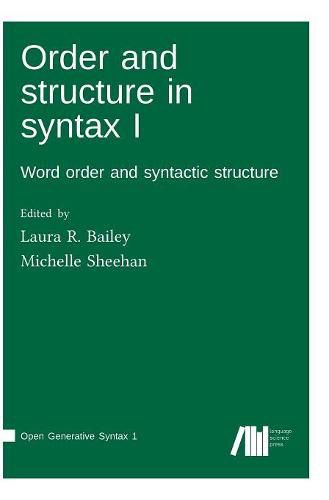Readings Newsletter
Become a Readings Member to make your shopping experience even easier.
Sign in or sign up for free!
You’re not far away from qualifying for FREE standard shipping within Australia
You’ve qualified for FREE standard shipping within Australia
The cart is loading…






This book reconsiders the role of order and structure in syntax, focusing on fundamental issues such as word order and grammatical functions. The first group of papers in the collection asks what word order can tell us about syntactic structure, using evidence from V2, object shift, word order gaps and different kinds of movement. The second group of papers all address the issue of subjecthood in some way, and examine how certain subject properties vary across languages: expression of subjects, expletive subjects, quirky and locative subjects. All of the papers address in some way the tension between modelling what can vary across languages whilst improving our understanding of what might be universal to human language. This book is complemented by Order and structure in syntax II: Subjecthood and argument structure
$9.00 standard shipping within Australia
FREE standard shipping within Australia for orders over $100.00
Express & International shipping calculated at checkout
This book reconsiders the role of order and structure in syntax, focusing on fundamental issues such as word order and grammatical functions. The first group of papers in the collection asks what word order can tell us about syntactic structure, using evidence from V2, object shift, word order gaps and different kinds of movement. The second group of papers all address the issue of subjecthood in some way, and examine how certain subject properties vary across languages: expression of subjects, expletive subjects, quirky and locative subjects. All of the papers address in some way the tension between modelling what can vary across languages whilst improving our understanding of what might be universal to human language. This book is complemented by Order and structure in syntax II: Subjecthood and argument structure